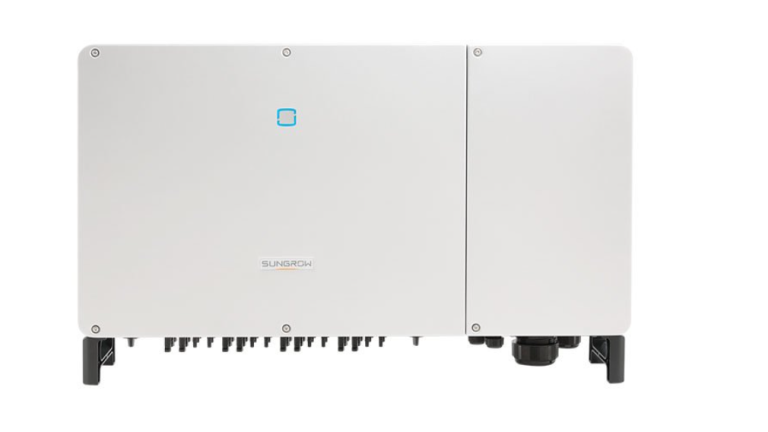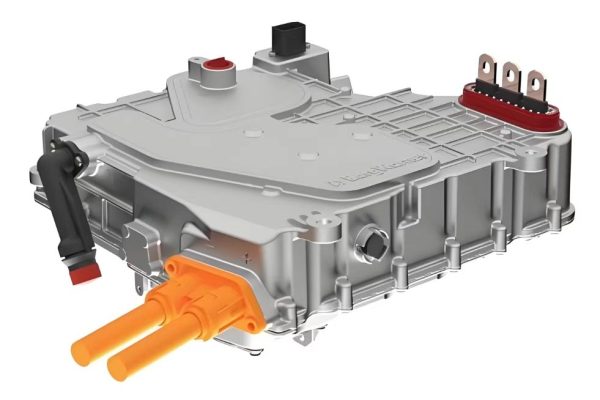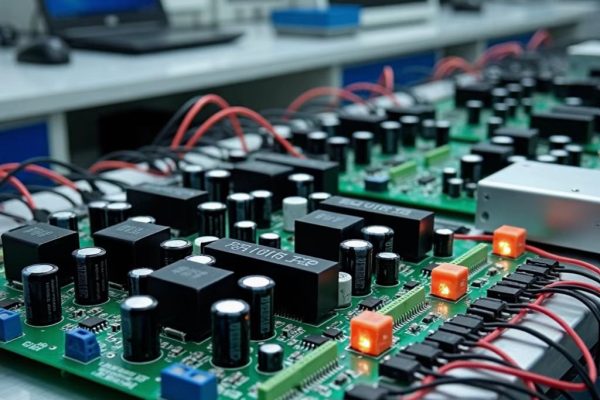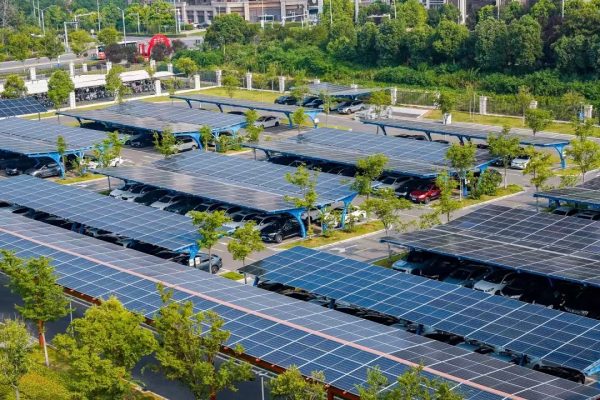A Technical Introduction for Energy Projects
As distributed solar and energy storage systems gain traction globally, the hybrid inverter has emerged as a cornerstone technology—especially in residential and C&I applications.
But what exactly is a hybrid inverter? How does it differ from traditional grid-tied or off-grid inverters? And what technical factors should energy professionals and procurement teams pay attention to?
This article provides a clear, practical introduction for those involved in energy project design, EPC, or system integration.
🔌 What Is a Hybrid Inverter?
A hybrid inverter is a multi-function inverter designed to work with both solar PV systems and batteries, and often to support grid interaction. It combines the functionalities of:
- A solar inverter (converts DC from PV panels to AC for use or export)
- A battery inverter/charger (manages charging/discharging of energy storage)
- A grid-forming or grid-supporting unit (in some cases)
This makes it suitable for systems that require energy self-consumption, backup power, or grid support.
🔁 Key Operating Modes
A hybrid inverter typically supports multiple energy flow paths:
scss复制编辑PV → Loads
PV → Battery → Loads
Battery → Loads (when PV is insufficient or at night)
Grid → Battery (time-of-use charging)
Grid → Loads
Battery → Grid (feed-in / export)
Common Operating Modes:
- Grid-tied with self-consumption priority
- Off-grid / backup mode during outages
- Time-of-use optimization (e.g., charge battery at night, use during peak tariff)
🧠 Core Functions and Components
| Function | Description |
|---|---|
| MPPT | Tracks solar input to optimize generation efficiency |
| Battery Management | Controls charge/discharge based on SOC, grid status |
| AC/DC Conversion | Inverts DC from PV/battery to AC for loads/grid |
| Monitoring & Control | Built-in software or EMS compatibility |
| Bypass / Islanding Relays | Ensures safe switching between modes |
⚙️ Technical Parameters to Consider
When sourcing or configuring a hybrid inverter, pay attention to:
| Spec | Why It Matters |
|---|---|
| Nominal Power Rating | Match to load profile (e.g., 5kW, 10kW, 50kW) |
| Battery Voltage Range | Compatibility with battery banks (e.g., 48V, 200V+) |
| MPPT Voltage Range | Determines PV array design flexibility |
| Max PV Input Power | Allows oversizing for cloudy days or high demand |
| AC Output Type | Single vs. three-phase, voltage class |
| Communication Protocols | For BMS/EMS integration (CAN, RS485, Modbus) |
| Switching Time to Backup | Fast switchover (<10ms) critical for sensitive loads |
🧩 How Hybrid Inverters Fit Into System Design
Hybrid inverters are especially popular for:
- Residential solar + storage (rooftop PV + wall-mounted battery)
- Light C&I applications (shops, farms, clinics, small factories)
- Microgrids or mini-grids with PV + diesel + battery
- Remote/off-grid systems needing 24/7 autonomy
They help simplify system design by replacing multiple devices with one unit, reducing installation time, wiring complexity, and maintenance cost.
📦 Common Hybrid Inverter Configurations
| Application | Inverter Type | Battery Voltage | Common Size |
|---|---|---|---|
| Home (single-phase) | 3–5kW hybrid | 48V | Wall-mounted |
| Small business | 8–12kW hybrid | 48–120V | Stackable units |
| Factory or mini-grid | 15–50kW hybrid (3ph) | 120–400V | Floor-standing |
🛡️ Standards and Certifications to Watch
Make sure your hybrid inverter complies with:
- Grid codes (e.g., G98/G99 in the UK, UL 1741 in the US)
- EMC and safety standards (IEC 62109, IEC 61000)
- Battery interface standards (CANopen, Sunspec, etc.)
- Fire safety and thermal design (important in tropical markets)
Also, IP rating (e.g., IP65 for outdoor use) and cooling design (natural vs. fan) are critical for durability.
✅ Procurement Tips for Projects
- Pre-check battery compatibility: Not all hybrids work with all lithium BMS protocols
- Clarify grid support features: Export control, zero feed-in, reactive power, etc.
- Ask about remote monitoring: Cloud platform access, alerts, firmware updates
- Know your local grid code: Even a good hybrid inverter may need firmware customization
- Beware of overpromised specs: Look for independent test reports or field data
A hybrid inverter is more than just a solar inverter plus charger—it’s the smart brain of a modern distributed energy system. For small and medium energy projects, especially where solar + battery is key, choosing the right hybrid inverter can make or break the system’s performance and ROI.
Whether you’re an EPC, distributor, or technical buyer, understanding the hybrid inverter’s roles, specs, and system impact is essential to delivering reliable and cost-effective energy solutions.









